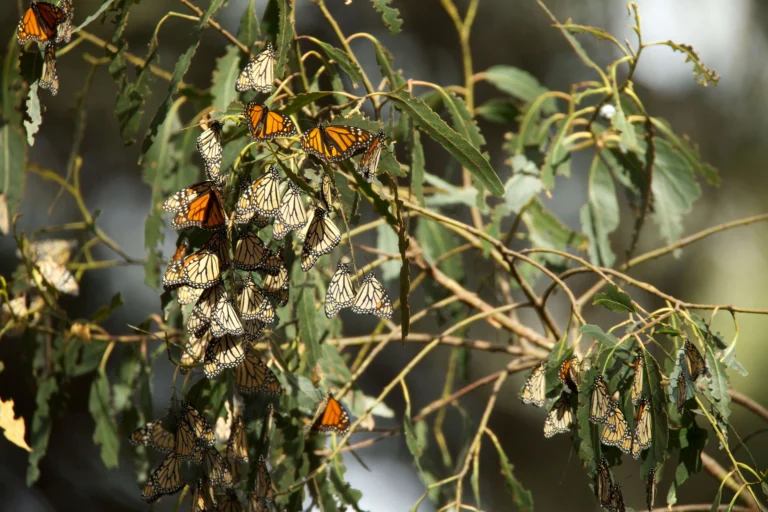What Butterfly Lives for 24 Hours? Uncover The Mystery
The Cabbage White butterfly, while believed by some to live only 24 hours, can live for a day or two in cooler temperatures, but not strictly 24 hours. Mayflies, although not butterflies, truly live for just one day, spending their short lives reproducing. Both these creatures emphasize the fleeting beauty of nature. Introduction The world…


